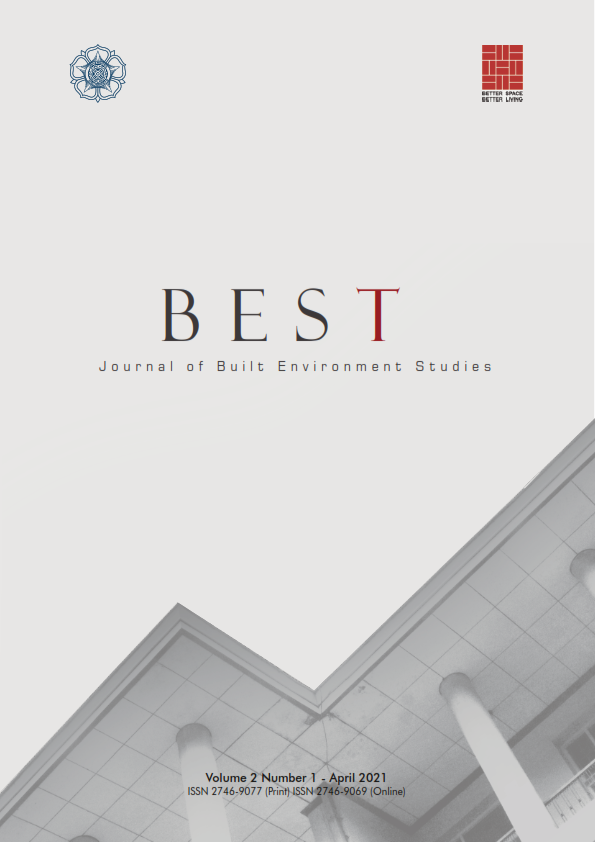Assessment of Spatial Plan Quality Based on Disaster Risk Reduction
Corresponding Author(s) : Rizki Kirana Yuniartanti
Built Environment Studies,
Vol 2 No 1 (2021)
Abstract
Abstract
The island of Bali and its surroundings are part of Indonesia's seismotectonic. This area is traversed by the Mediterranean land line and subduction zone caused by the collision between the Eurasian Plate and the Indo-Australian Plate. Such conditions have been faced by Bali Island as one of the regions that has a high level of seismicity. Hazard potencies in Bali Island especially Karangasem Regency effects disaster prone level. The high level of disaster prone in Karangasem Regency requires disaster preparedness in pre disaster step. Emergency, rehabilitation, and reconstruction responses are not effective responses because these steps need expensive funding and investment. Preparedness efforts in pre-disaster are carried out through enhancement of quality spatial plans based on Disaster Risk Reduction (DRR). Spatial plan contains spatial pattern (land use) plan and development of mitigation infrastructure to reduce disaster risk. Research objectives is resulting a guideline for Karangasem Regency Government to implement spatial planning based on DRR. The research assesses quality spatial plans based on hazard potential and DRR that uses scoring method according to availability and complatility criteria. The result is quality level of Karangasem Spatial Plan and recommendation to improve spatial plan quality based on DRR.
Keywords: Disaster, Mitigation, and Spatial
Download Citation
Endnote/Zotero/Mendeley (RIS)BibTeX
